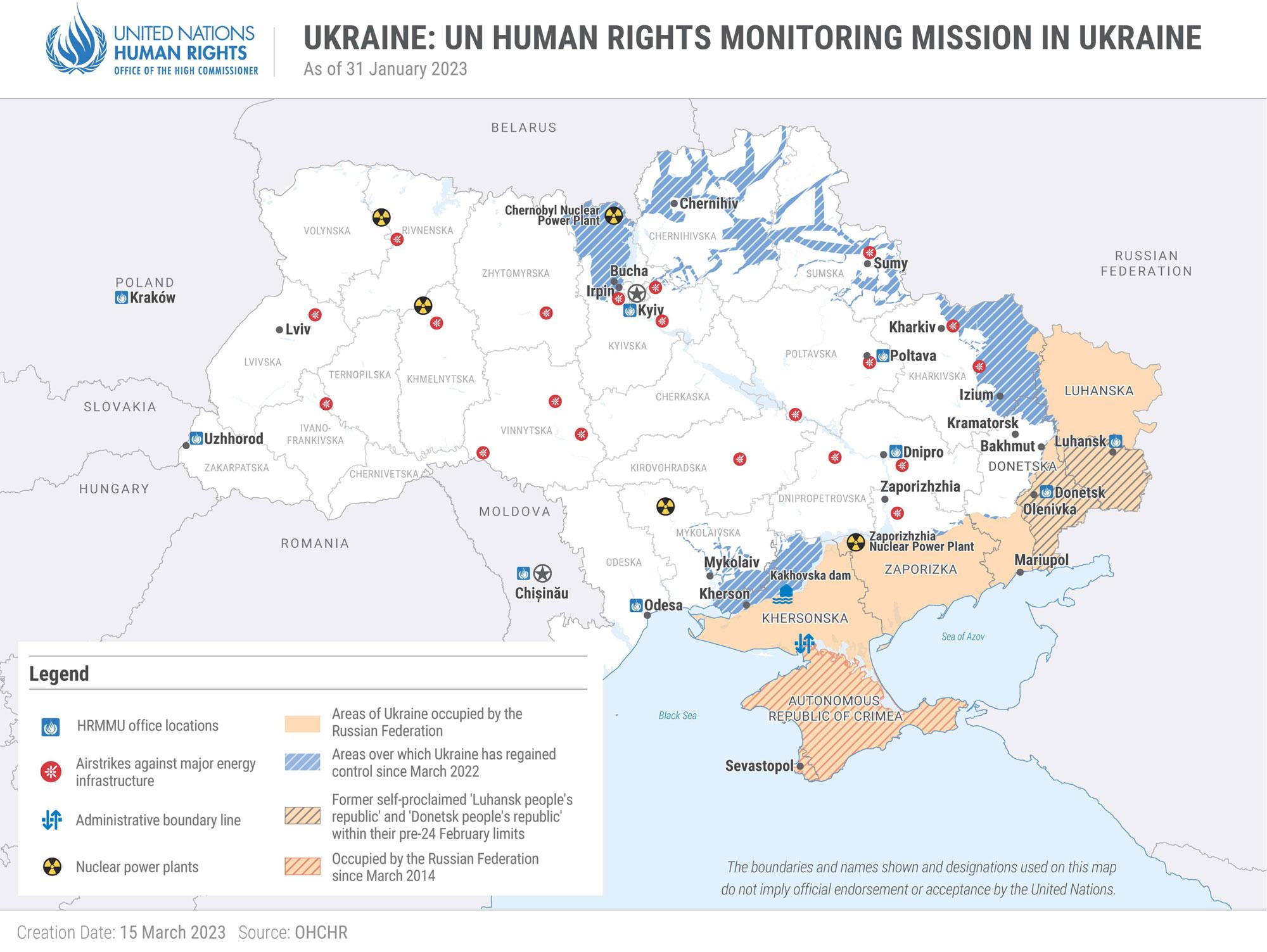Her appeal follows the latest arrest of prominent rights defender Khurram Parvez, who has been in detention for more than a year on charges related to conspiracy and terrorism.
#India must immediately end its crackdown against Kashmiri human rights defenders, said UN expert @MaryLawlorhrds , after defender Khurram Parvez was arrested in a 2nd case on terrorism charges: https://t.co/agmN01BJZ8 https://t.co/MH6u0eKcCv
UN_SPExperts
March 24, 2023
“Indian authorities appear to be intensifying the long-standing repression of Kashmiri civil society,” Ms. Lawlor said. “The State must respect its human rights obligations and be held accountable where it violates them.”
Interrogation and arrest
Mr. Parvez has documented serious human rights violations in Indian-administered Jammu and Kashmir and has been detained since November 2021.
He was arrested on Wednesday in a second case after two days’ interrogation by India’s main counter-terrorism body, the National Investigation Agency.
He was charged with financing terrorism under the Unlawful Activities (Prevention) Act, through his work with the Jammu and Kashmir Coalition of Civil Society (JKCCS). The non-governmental organization (NGO) is based in the city of Srinagar.
Coercion and intimidation
Prior to his arrest, former JKCCS associate Irfan Mehraj, a journalist and human rights activist, was arrested as part of the same case on Monday in Srinagar. He was immediately transferred to India’s capital, New Delhi.
Ms. Lawlor said JKCCS associates and volunteers are facing coercion and intimidation from the authorities, noting that the NGO carries out essential work monitoring human rights.
“Their research and analysis of human rights violations are of huge value, including to international organisations seeking to ensure accountability and non-repetition of abuses,” she said.
Release Kashmiri activists
She recalled that UN human rights experts have repeatedly highlighted grave concerns regarding the Unlawful Activities (Prevention) Act, which allows the designation of any individual as a “terrorist”, bypassing the requirement to establish membership of, or association with, banned groups.
She said the Act is applied as a means of coercion against civil society, the media, and human rights defenders in Jammu and Kashmir.
Mr. Lawlor called for Kashmiri human rights defenders to be released and for investigations against them to be closed. Her statement was endorsed by Clément Nyaletsossi Voule, the UN Special Rapporteur on freedom of peaceful assembly and of association.
Call for accountability
“Time and time again, the Government has been called upon to address the fundamental issues with the country’s anti-terrorism framework and its misuse to smear and silence human rights defenders,” she said.
“The arrest and detention of persons for exercising their human rights are arbitrary. There must be accountability and remedy where such abusive actions are taken.”
About UN Special Rapporteurs
Special Rapporteurs are independent rights experts appointed by the UN Human Rights Council to monitor and report on specific thematic issues or country situations.
They are not UN staff and do not receive a salary for their work.
#India must immediately end its crackdown against Kashmiri human rights defenders, said UN expert @MaryLawlorhrds , after defender Khurram Parvez was arrested in a 2nd case on terrorism charges: https://t.co/agmN01BJZ8 https://t.co/MH6u0eKcCv














